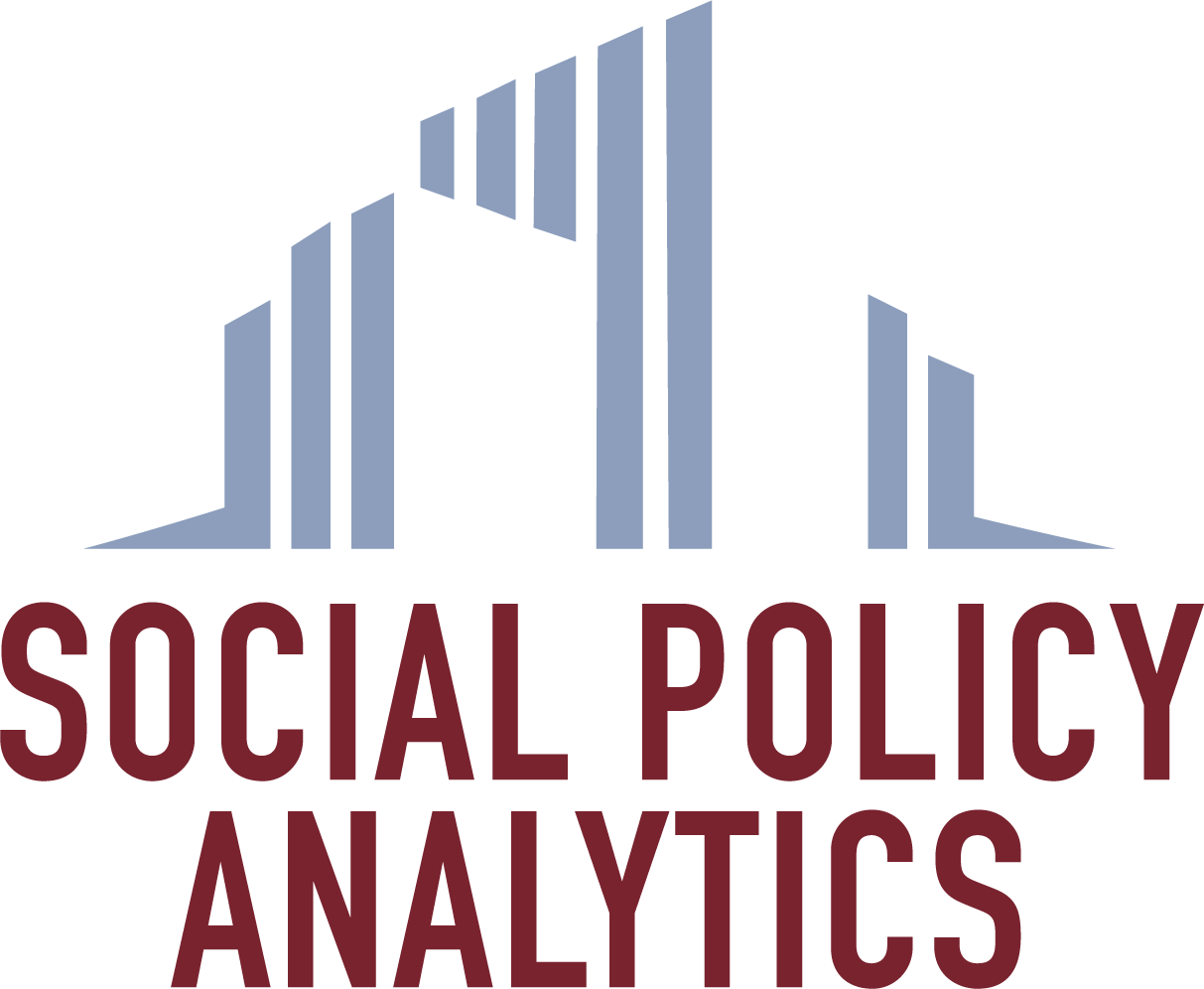Understanding Racial and Ethnic Disparities in Health Outcomes and Utility Insecurity Resulting from COVID-19
In a collaborative project with Community Legal Services, we examined the racial equity of utility insecurity in Philadelphia and across Pennsylvania as a whole. We combined administrative data of arrears and service terminations from utility companies with COVID-19 death data and focus groups with more than 20 Pennsylvanians to gain a comprehensive understanding of the struggles of under-resourced communities prior to and during the COVID-19 pandemic.
Low-income, Black, and Latinx residents are more likely to be rent-burdened and experience utility insecurity than their higher-income and White peers. Areas with higher concentrations of minority residents also have much higher rates of utility arrears and disconnections. In addition, communities with higher non-white shares were hit hardest by the coronavirus, especially in the early months. In sum, disadvantaged communities face a multitude of adversities, compounding harm to already vulnerable populations. Download the report here.
Conducting an Unsheltered Point-in-Time Count During the COVID-19 Pandemic
The Department of Housing and Urban Development requires all communities to produce annual estimates of their homeless populations, which are used to assess local and national trends and guide funding needs. In collaboration with the National Alliance to End Homelessness, we co-authored national-level guidance to conduct these efforts safely, effectively, and efficiently. The report was a companion to HUD’s guidance, leveraging our collective expertise in Point-in-Time counts and medicine, and responding to questions directly from community stakeholders. Download our guidance here.
Estimating Emergency and Quarantine Capacity for the US Homeless Population Related to COVID-19 Exposure
It was clear upon the pandemic’s outset that homeless adults would be especially vulnerable to severe illness and death from COVID-19 due to their advanced age, poor health, and congregate living conditions, and that immediate action was necessary to protect them. As Congress was debating the Coronavirus Aid, Relief, and Economic Security (CARES) Act in March of 2020, I co-authored a report that projected COVID infections, ICU cases, and deaths among homeless adults and calling for urgent and decisive steps to prevent unnecessary tragedy. Download the report here.
Improving Methodology for Unsheltered Point-in-Time Counts
Over the last 10 years, we have helped states and cities across the country and in Canada improve the accuracy of their HUD-required homeless population counts. For nearly all of the last 15 years Dan has led or consulted to New York City on its annual Homeless Outreach Population Estimate (HOPE), whose use of statistical sampling and quality assurance “decoys” has led to its becoming the archetype of the statistically sound estimate. Dan has also worked with Connecticut, Louisiana, Georgia, Toronto, and others to ensure that national and local leaders are using the best available evidence to help the half a million Americans who experience homelessness each night.
The Emerging Crisis of Aged Homelessness: Could Housing Solutions Be Funded from Avoidance of Excess Shelter, Hospital and Nursing Home Costs?
Working with stakeholders and data from three major U.S. cities - Boston, New York City, and Los Angeles - we projected that the population of elderly homeless individuals will nearly triple over the next decade, leading to a surge of cost increases associated with health care and shelter needs. The national population of people 65 or older experiencing homelessness is estimated to grow from 40,000 today to 106,000 by 2030. We recommend an array of housing interventions—including permanent supportive housing, shallow subsidies, and rapid re-housing — that could be paid for in full through the reduced use of hospitals, shelters and nursing homes. Download our multi-site study.






